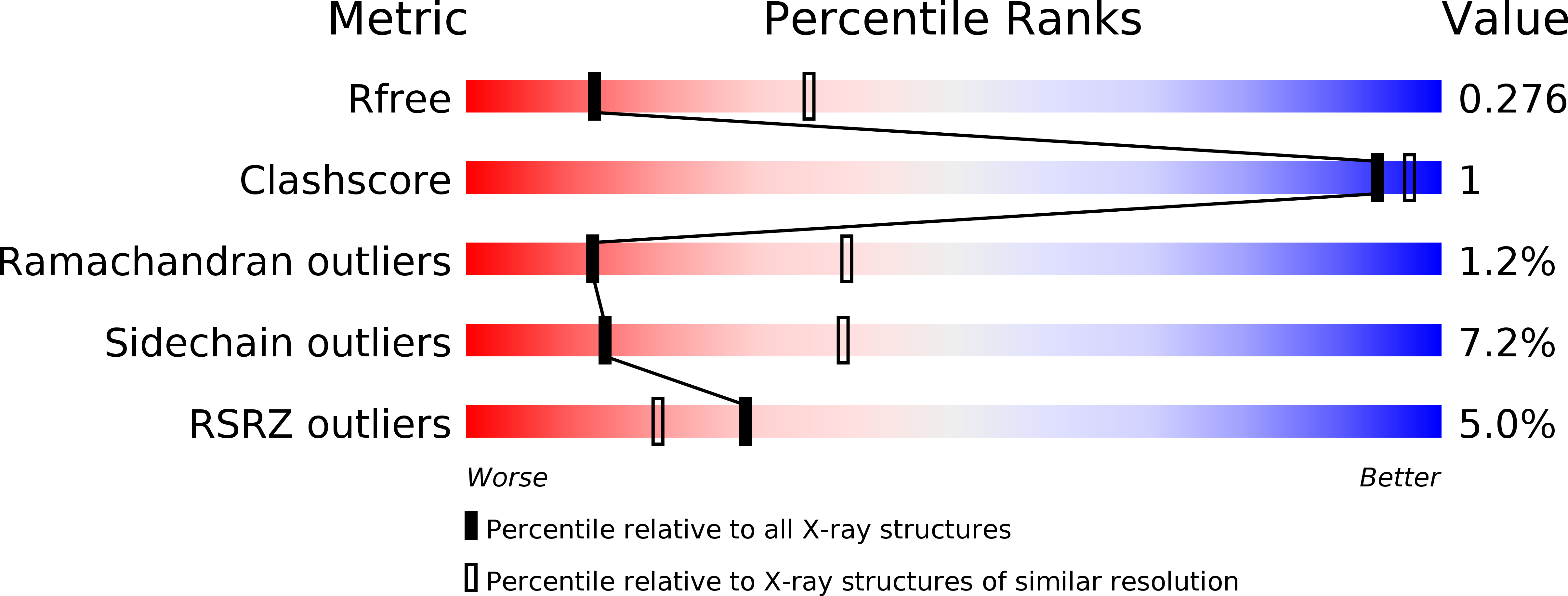
Deposition Date
2005-08-31
Release Date
2005-09-27
Last Version Date
2024-10-30
Method Details:
Experimental Method:
Resolution:
2.80 Å
R-Value Free:
0.27
R-Value Work:
0.23
R-Value Observed:
0.23
Space Group:
C 2 2 21


